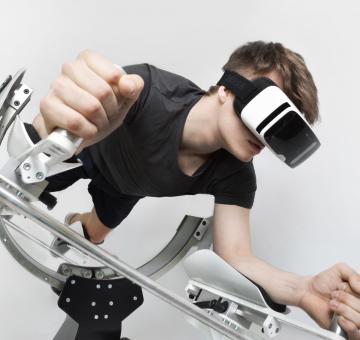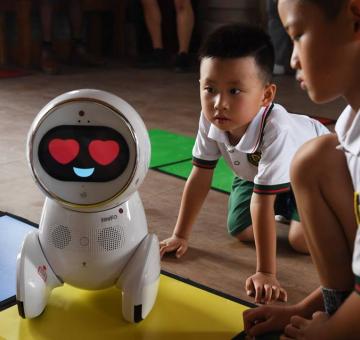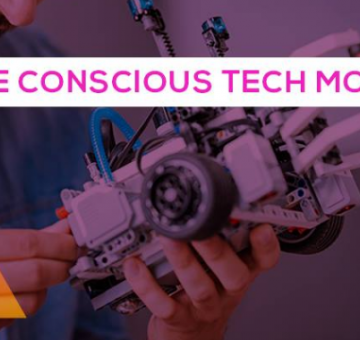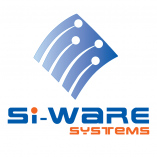All What You Need To Know About The Internet of Things (IoT)

The concept of the Internet of Things, IoT, refers to the networking of many devices, using the Internet Protocol’s identification and location addressing, the purpose of exchanging information. The aim is to limit human intervention in all of life’s activities by fully automating the process of sending, receiving, processing, and actuating data. There are several aspects to be considered when designing an IoT themed network such as the type of devices, the communication technology, the size of the network, and the nature of the application.
While there are many socioeconomic applications of this growing technological trend, its most attractive feature is its impact on daily household activities. Imagine that as soon as you wake up in the morning, your window curtains slide open to let in the sunlight because it detected your head lift off the pillow and your morning playlist starts on your sound system. As soon as you enter the bathroom, the water starts running in shower till it adjusts to a warm temperature you previously set, the lights turn on, and the towel rack begins heating your towel. As you open your closet to get dressed, the last added articles of clothing light up to stop you from repeating outfits in the same week and your heavy jackets glow to indicate that the weather is cold outside. After getting dressed and leaving the room, your coffee machine turns on and pours your coffee into your mug. As you leave the house, your car door is unlocked and all the non-essential home appliances such as microwaves and computers are powered off while the security system remains fully operational. If your house detects any sign of forced entry, it informs you through your phone as well as notifies the police authorities of the detected intrusion. This is merely a glimpse of the potential functions that can be incorporated in a person’s home by achieving connectivity and communication between devices.
The Internet of Things revolves around connecting devices or nodes together. These nodes typically perform four main tasks which are sensing, processing, sharing, and actuating. The sensing task is done through electrical sensors that transform energy from physical phenomena into an electrical signal. The processing requires the existence of a processor to manage and foresee all actions the node must perform. The sharing task is achieved by a communication transceiver, allowing the node to send and receive data to and from other nodes. The actuating task refers to the output this node performs, if at all, such as mechanical motion, electrical energy, or light emissions. The network structure and organization depends entirely on the application of interest; however, the Internet of Things typically refers to connecting various devices that are not in close proximity and, therefore, the IEEE 802.11 standard, commercially known as Wi-Fi, is predominantly used as the network’s communication technology.
The impact of the Internet of Things is very significant as its functionality saves time and effort. It significantly reduces the collateral costs of many day to day services. Moreover, limiting human intervention by automating the processes of communication and decision making decreases the margin of human error. By offering features such as connectivity, security, and comfort, the Internet of Things caters to the disabled or elderly, particularly in the case of emergencies.
Although the concept of the Internet of Things seems reserved for tech savvy individuals, it is, however, a very accessible concept for everyone. The following is a list of suggested steps that could help tech newbies navigate the Internet of Things.
- The first step is to identify a problem, break it into several sub-problems, develop a solution for each sub-problem, and then express the results in a flow chart.
- The second step is to identify all the nodes or devices required, all the inputs and outputs from each device, and express the data in a block diagram.
- The third step is to determine the microcontroller responsible for processing for the devices based on its available inputs, available outputs, and size. Arduino is a company that offers easily programmable microcontrollers, open source libraries with tutorials, and communication modules that are very easy to integrate with their microcontrollers.
- The fourth step is to determine the inputs, sensors, outputs, and motors required for the particular application based on the results from the first step.
- The final step is to determine the power sources for each device as well as the enclosures based on the application and environment the network will be deployed in.






































































EgyptInnovate site is not responsible for the content of the comments